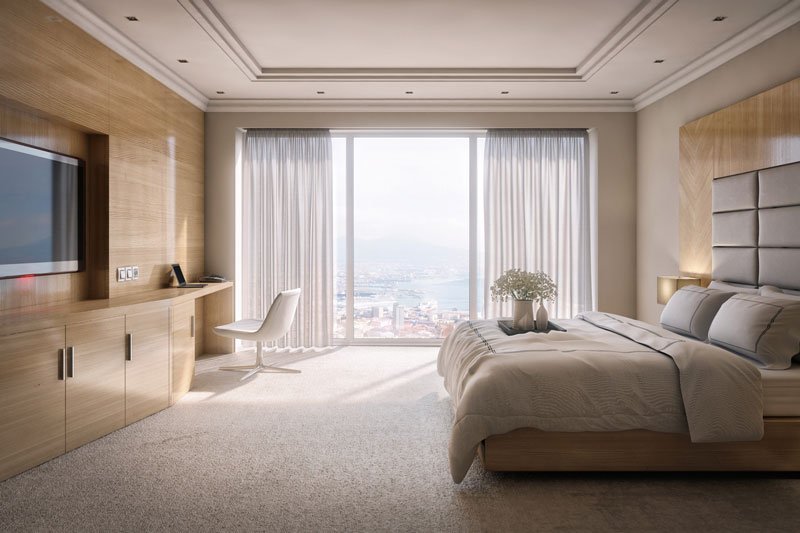
Designing for Brand Identity and Guest Experience
Interior design is the key to strengthening your brand and your hotel guest's experience
A physical space is an excellent place to create unique customer experiences, make a memorable impression and spark an emotional connection with customers that will elevate your brand and influence their behavior.
Good interior design may seem like a luxury, yet without it, hotels, restaurants and others in the hospitality industry are handicapped. Strategic interior design can accomplish the following and more:
How Technology is Changing Hotel Interior Design
How to Use Tech to Enhance the Guest Experience
Technology is shaping hospitality design as hotels find new ways to adapt to sociocultural changes and personalize the guest experience. Smart features and gadgets—from dimmer switches to multifunctional spaces—are showing up in hotel interior design and redefining what constitutes a good stay.
However, hotels should avoid getting carried away when creating tech-savvy interiors. Not every guest wants to "plug in" when traveling. Some actually seek to disconnect from their tech-dominated lives. As always, balance is the key.
Restaurant Design Psychology: Greatness is in the Details
7 Clever Tricks to Serve Guests What They Want: A Delectable Experience
Before they prepare and serve food, restaurants must persuade would-be dining guests to enter and choose to eat there. The secret to a full house is to use restaurant design psychology to cater to the senses of guests and provide a captivating, authentic and memorable experience.
Guests' feelings and experiences are influenced by their five senses. Good food is not enough to keep them coming back for more, just as nice decor is not enough to entice them to return if the food isn’t good. Most customers are not aware of how restaurant design affects their experience, but they know how they feel in that space.
Enhance Your Hotel's Guest Experience with Smart FF&E Interior Design
It is not enough to fill a hotel with nice decor and seating options.
With careful curation of furniture, fixtures, and equipment (FF&E), an interior designer can create a unique and authentic atmosphere that keeps customers coming back for more.
Today’s hotel guests are sensitive to good interior design. In addition to liking or not liking the look and feel of a space, they respond to design elements that make them feel comfortable, inspired, happy, relaxed or excited, often without being aware of it. They also expect to find the comforts and conveniences they have at home when they are on the road.
How Architectural Design Can Improve Health and Wellness
Reshaping society’s health and wellness through the power of architectural design.
There’s more to architecture than just buildings! Discover how great architectural design can enhance your quality of life and transform your experience of the world.
Cuba: A Lesson in Raw Hospitality
Is experience creation the new reality in the hospitality business?
For the greater part of the twentieth century, the hospitality industry focused on creating cocoons of comfort where travellers could repose, nurture, and refresh themselves, while safely exploring the exoticism of other cities, cultures, and customs.
The goal of the hospitality industry at the time was simply to create a safety zone where one might dip one’s toe in a bit of strangeness during the daytime— with the guarantee of a warm bed and an equally warm (and recognizable) meal at night.






